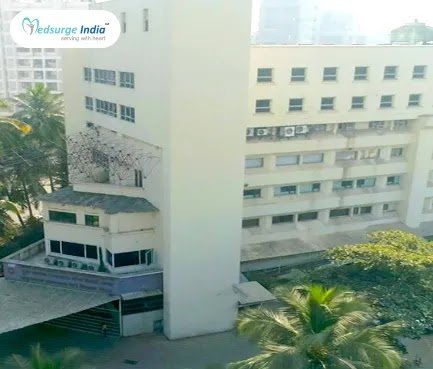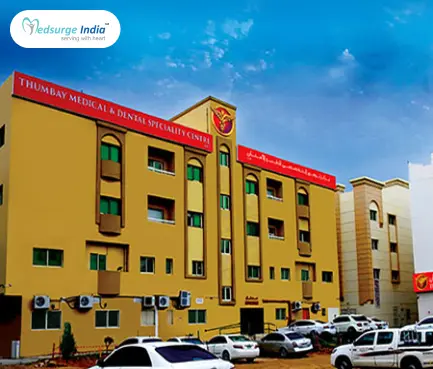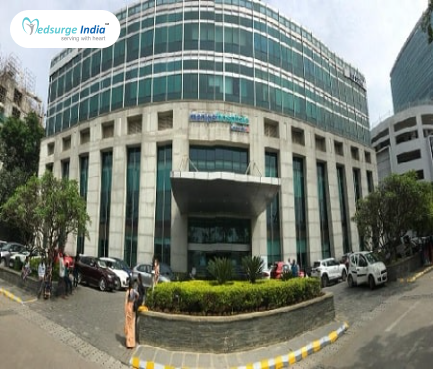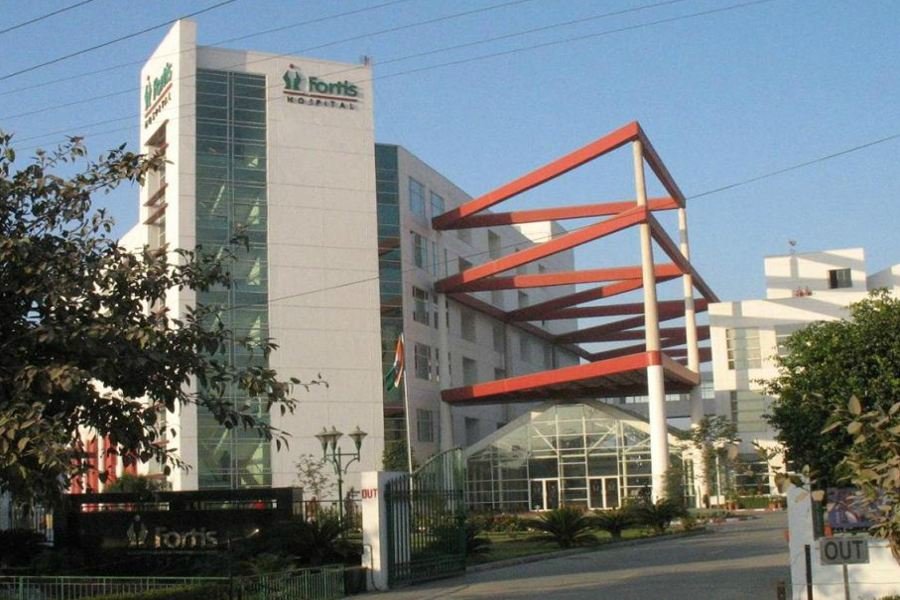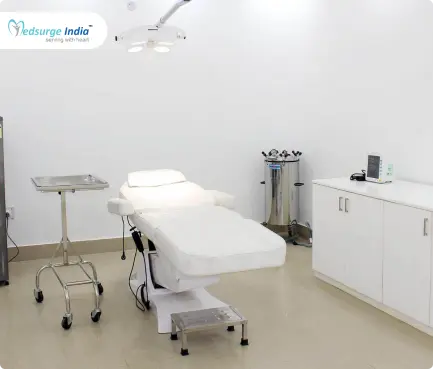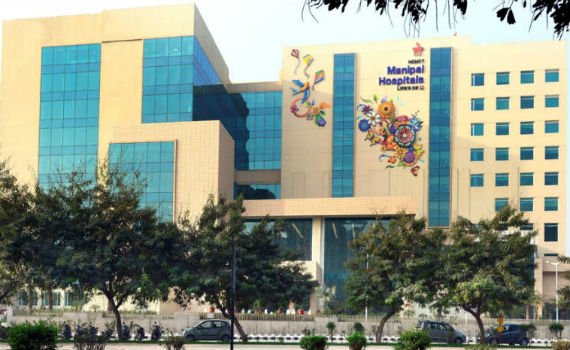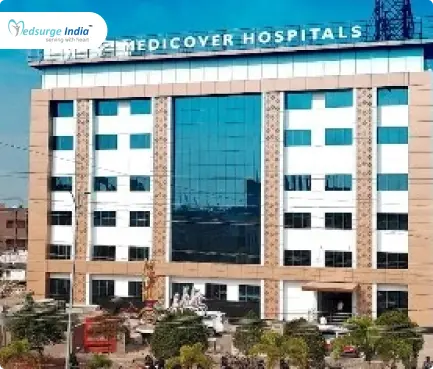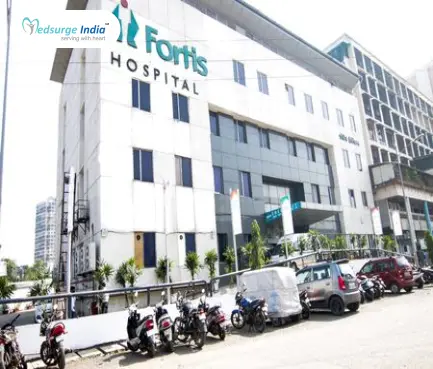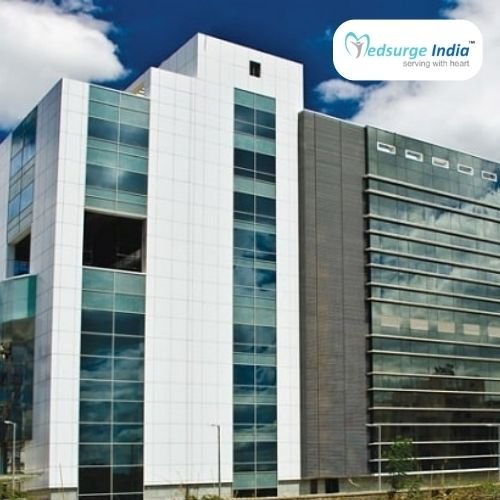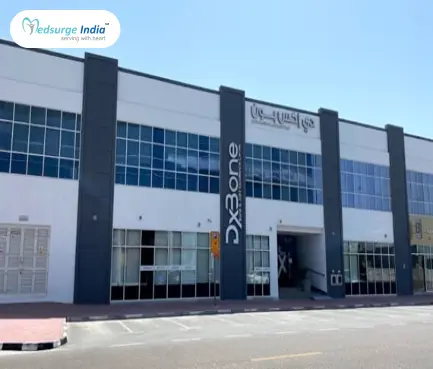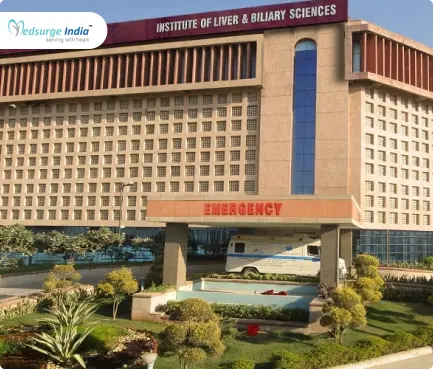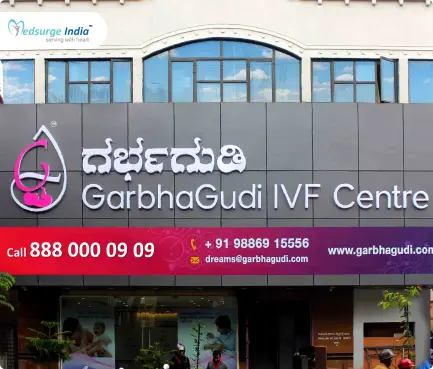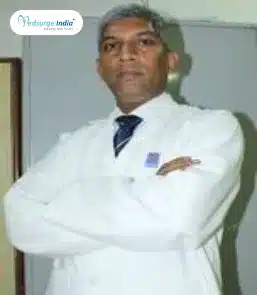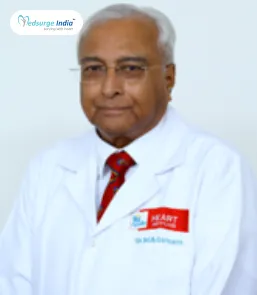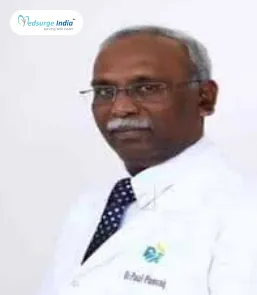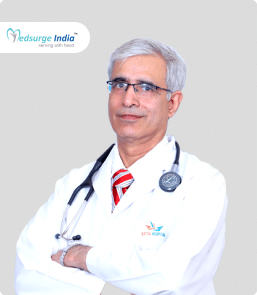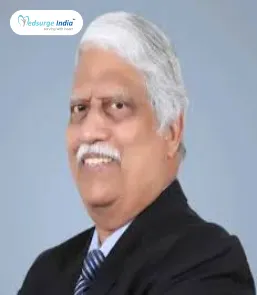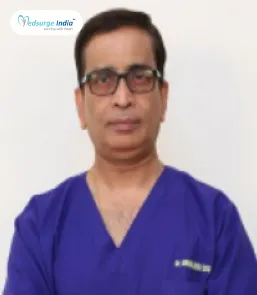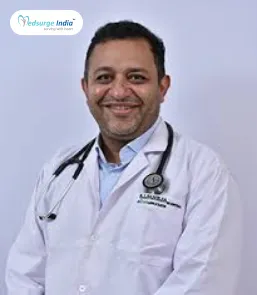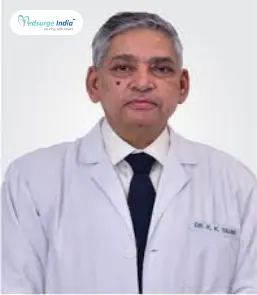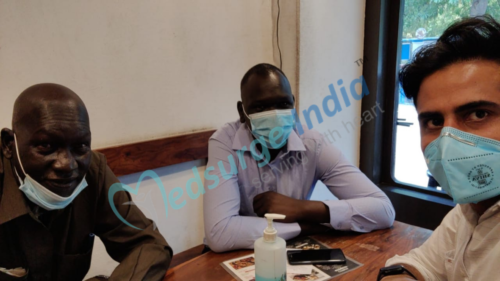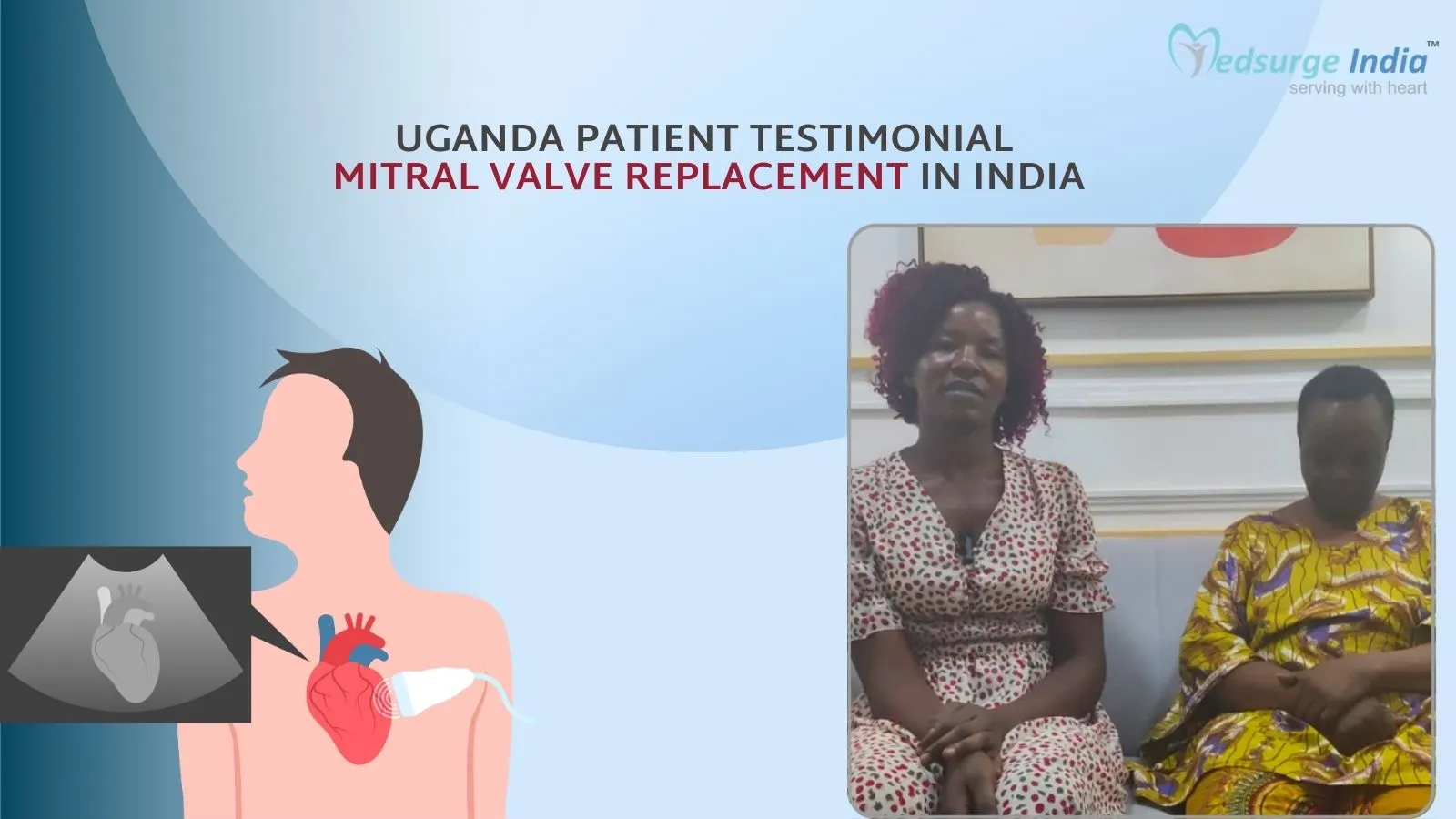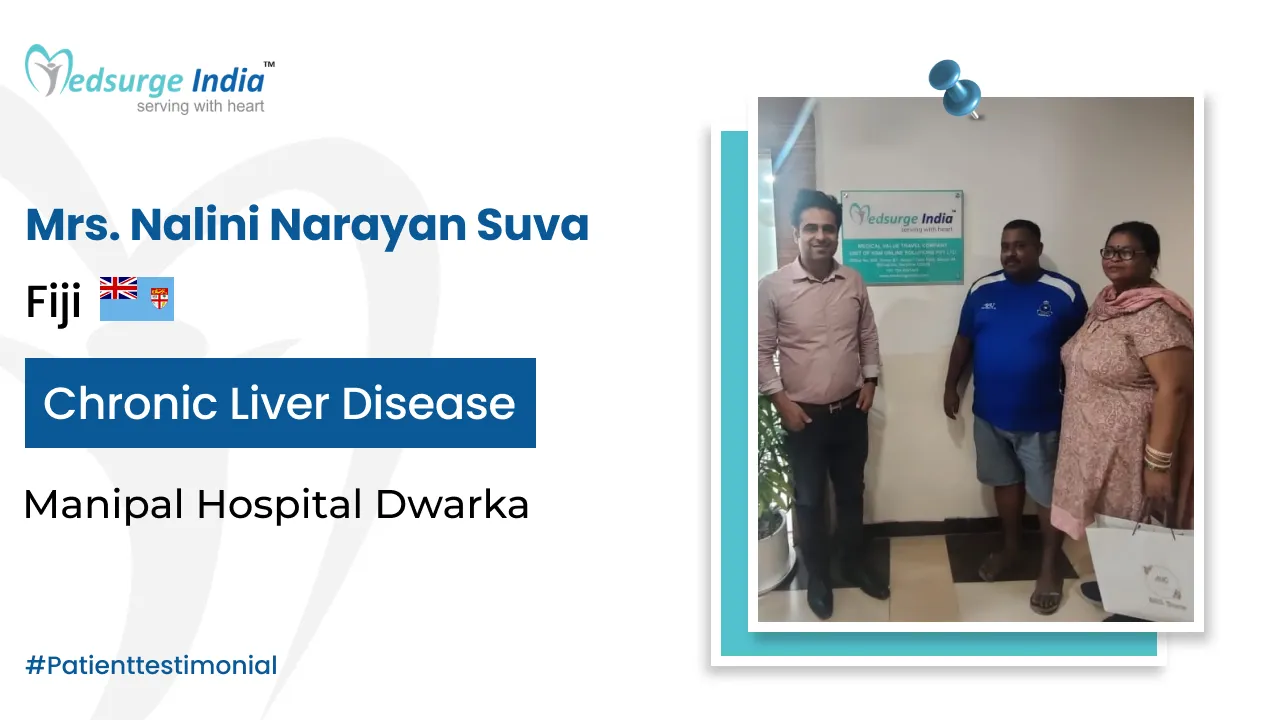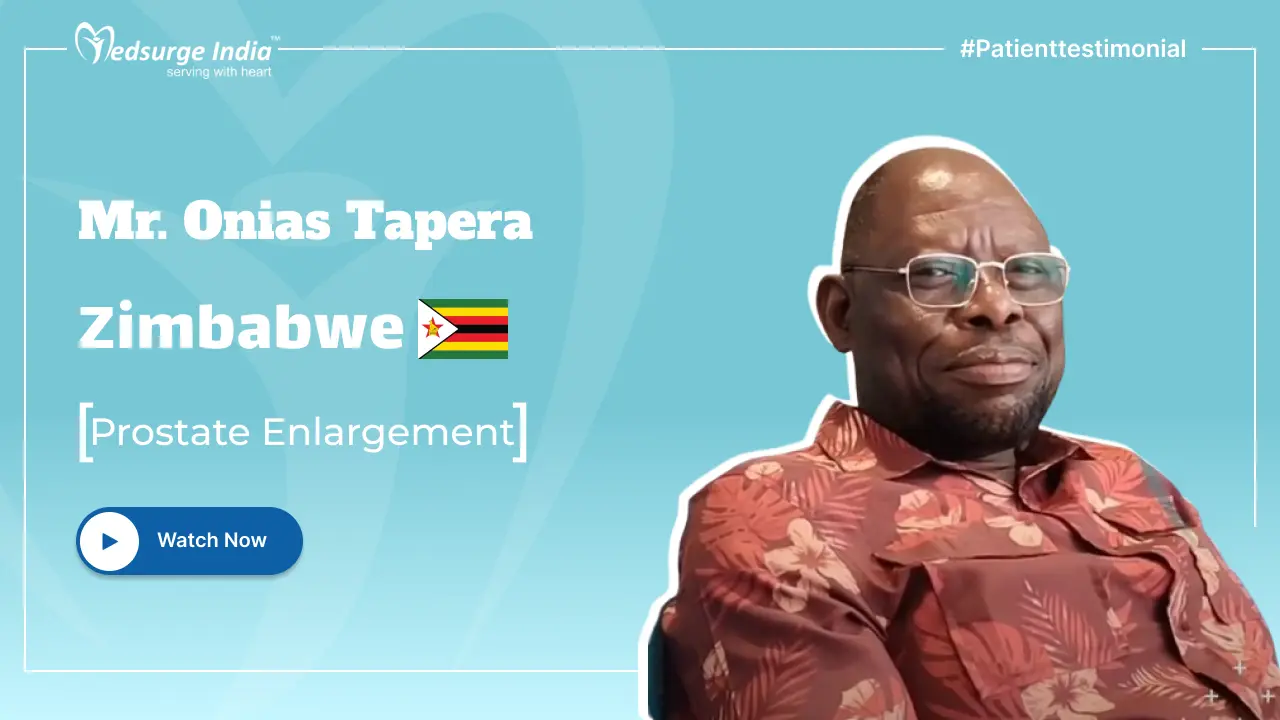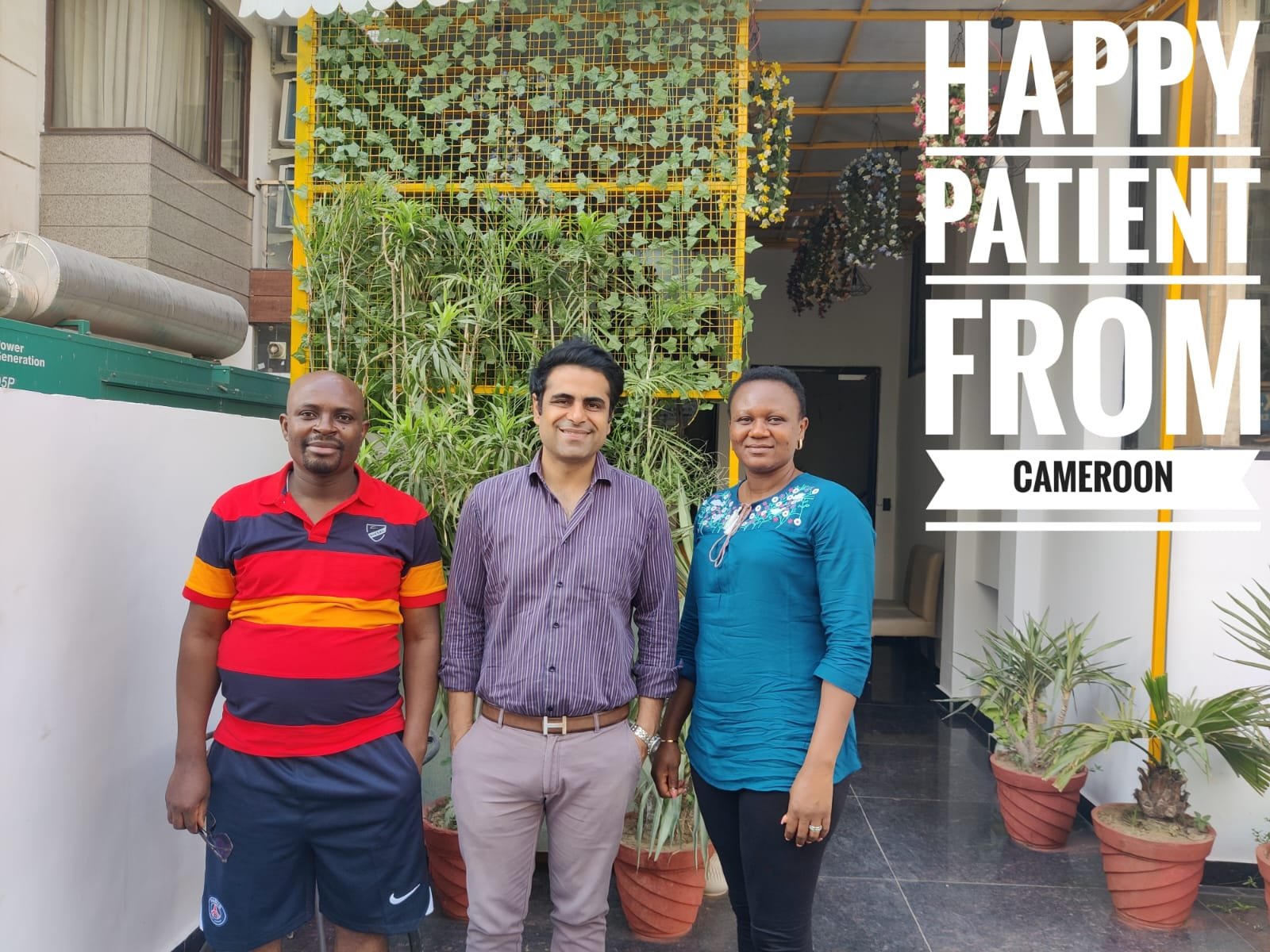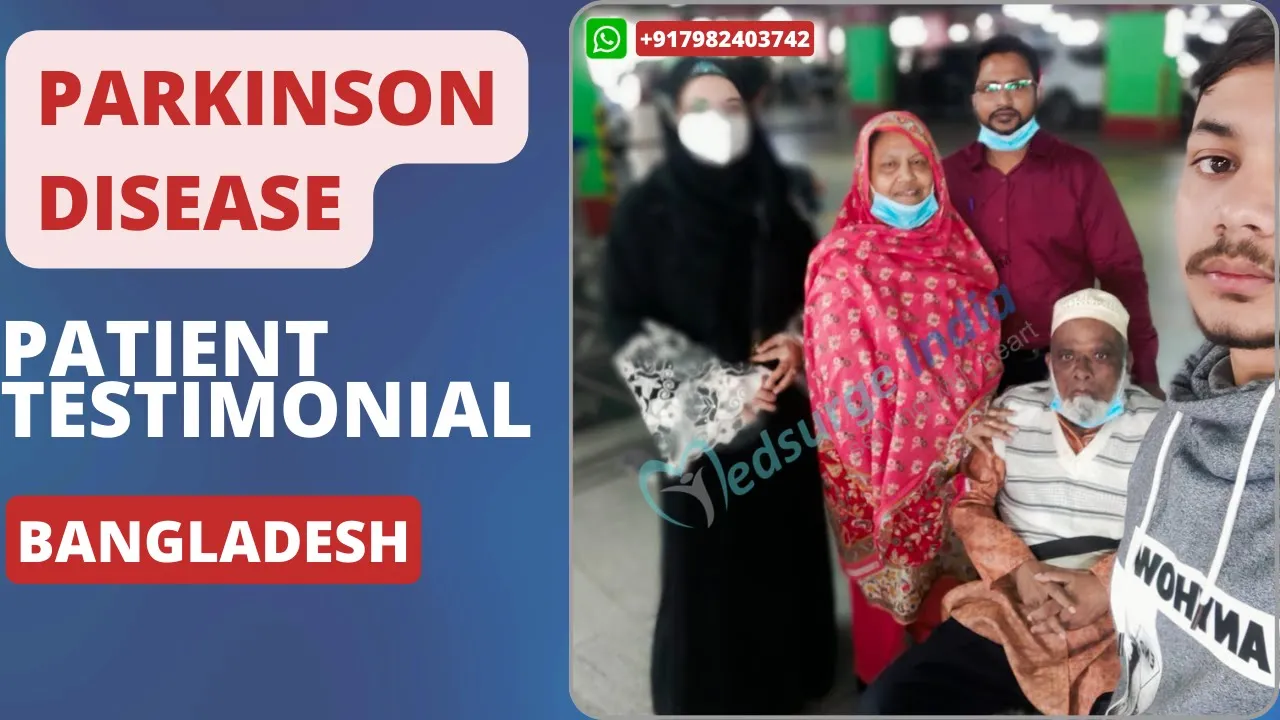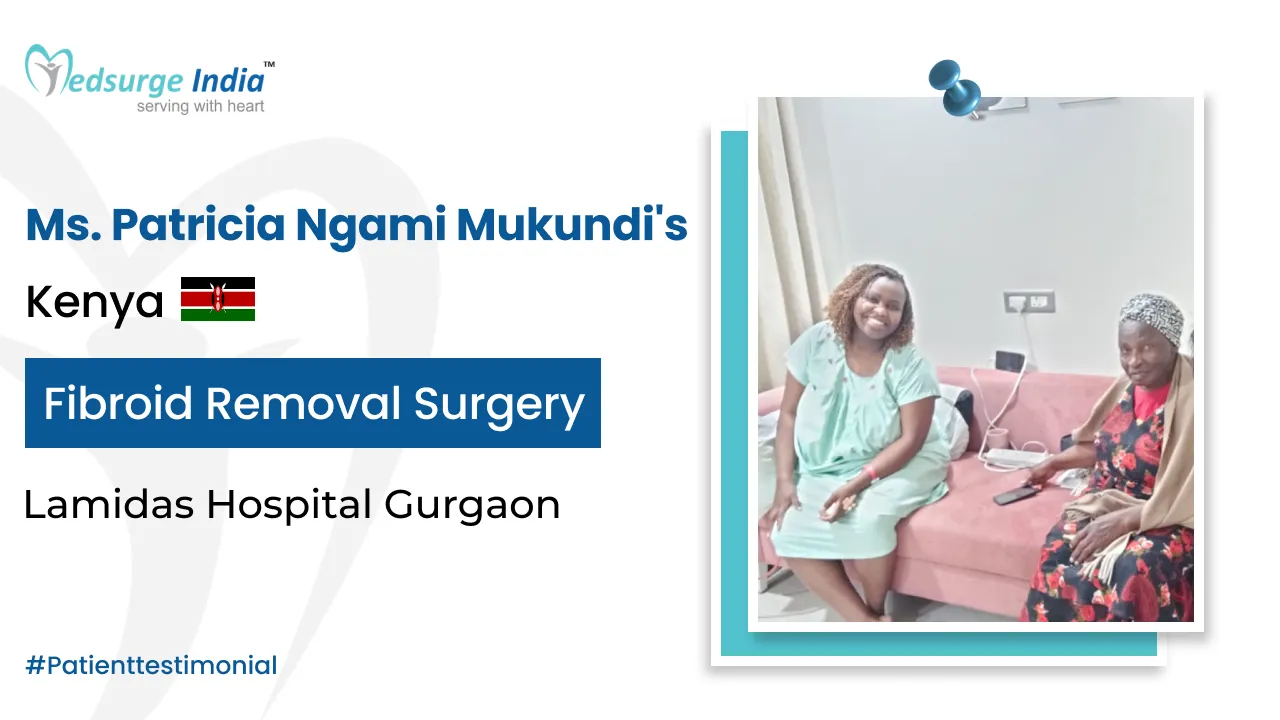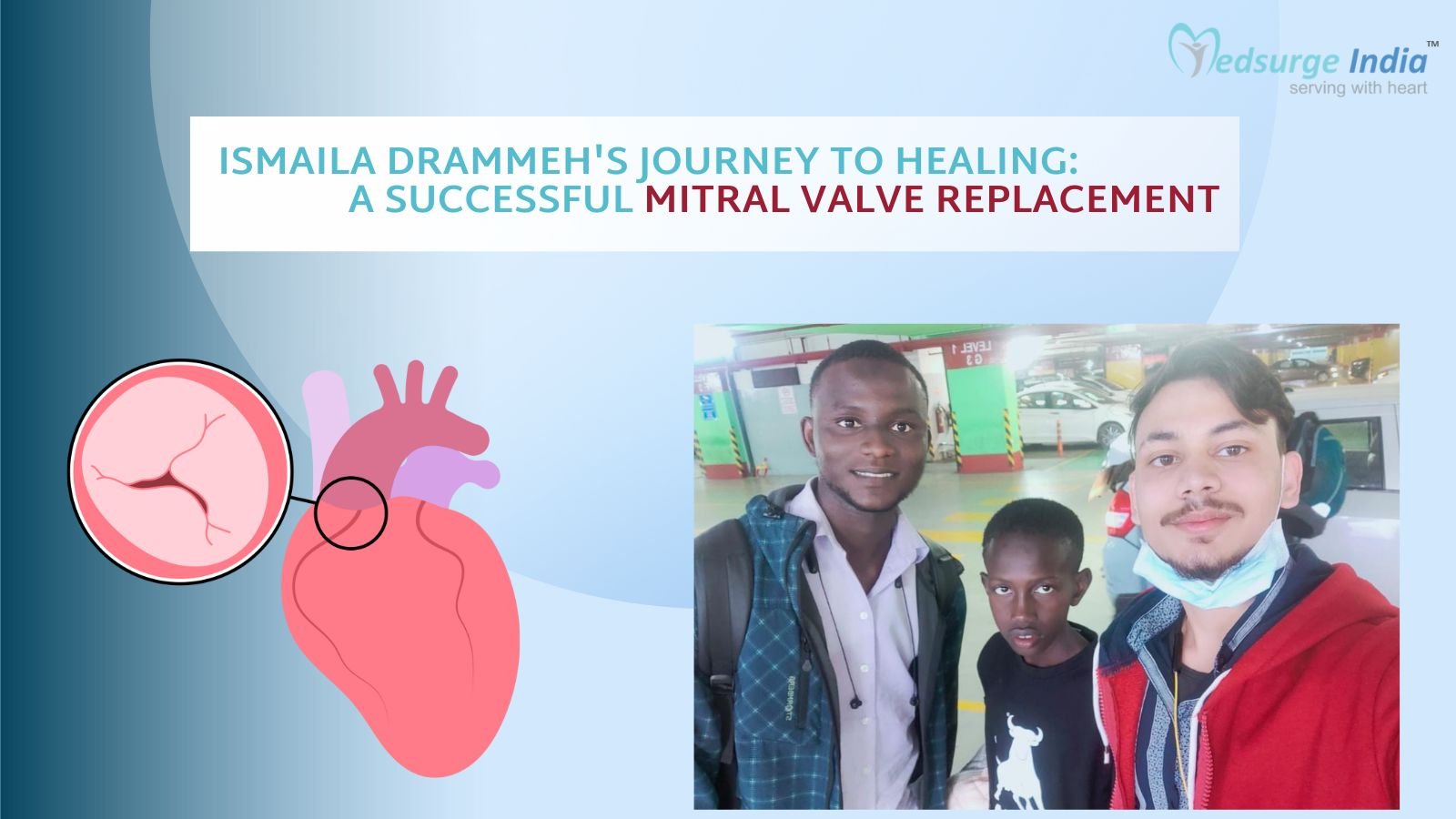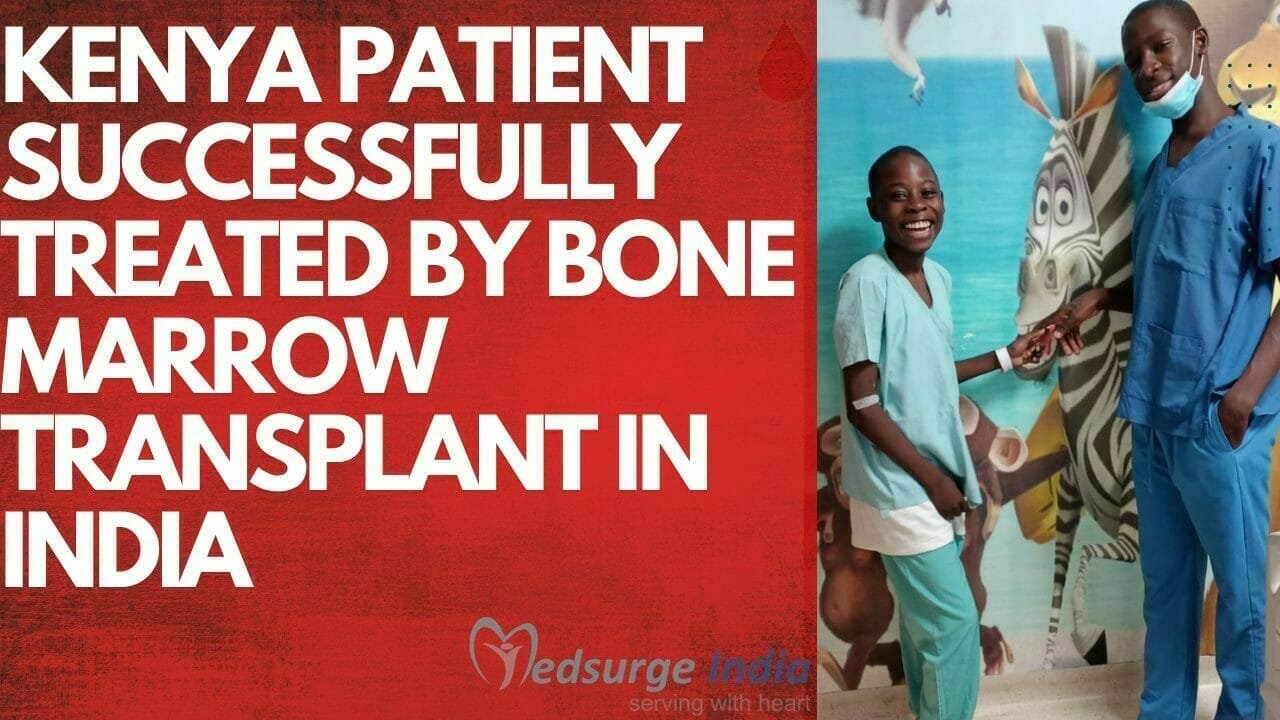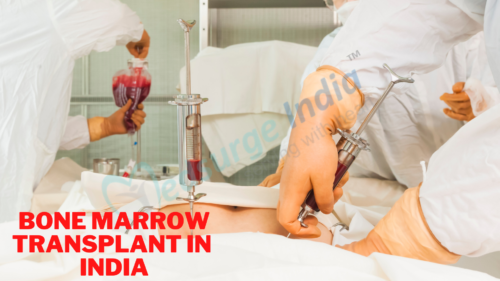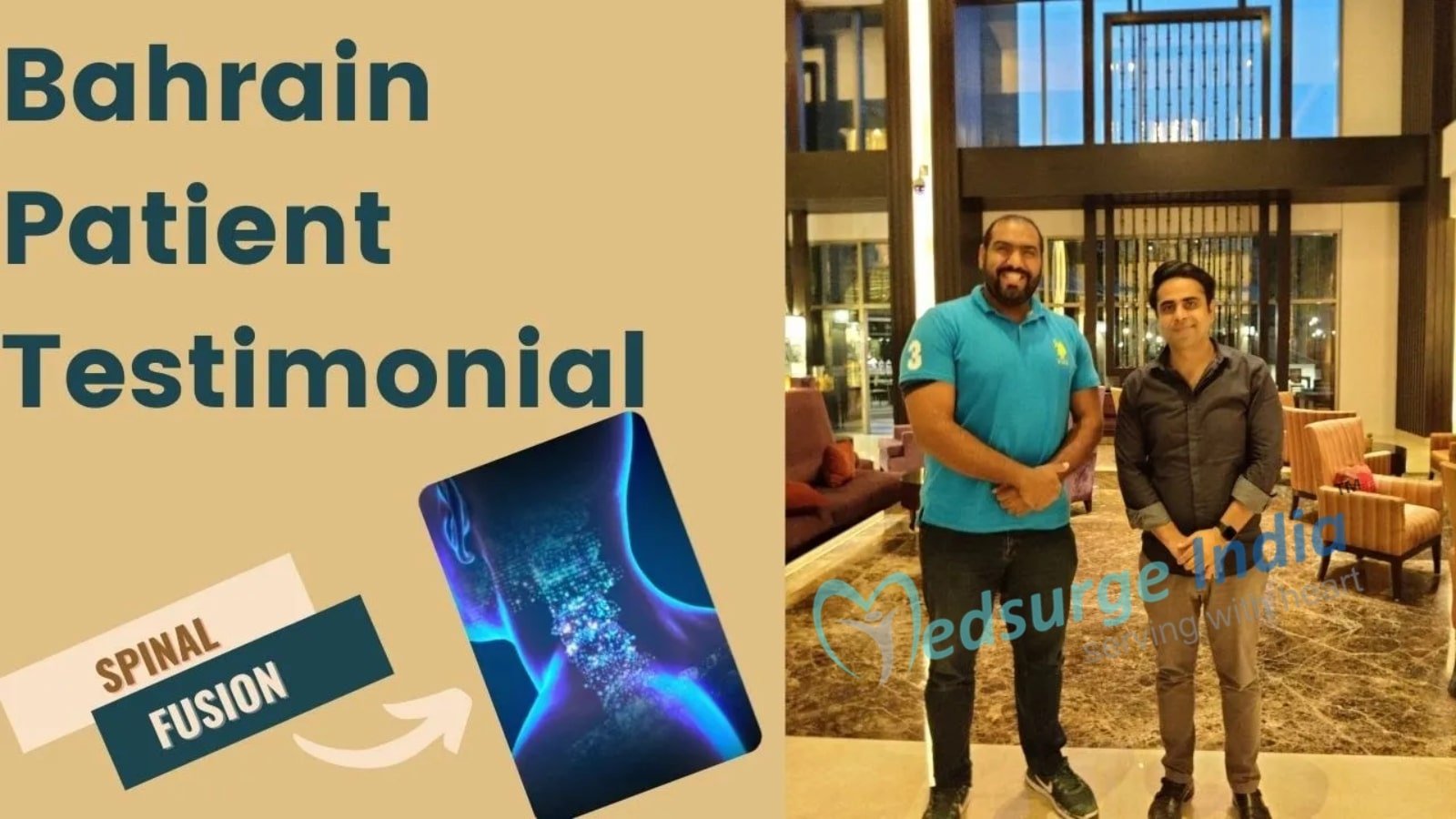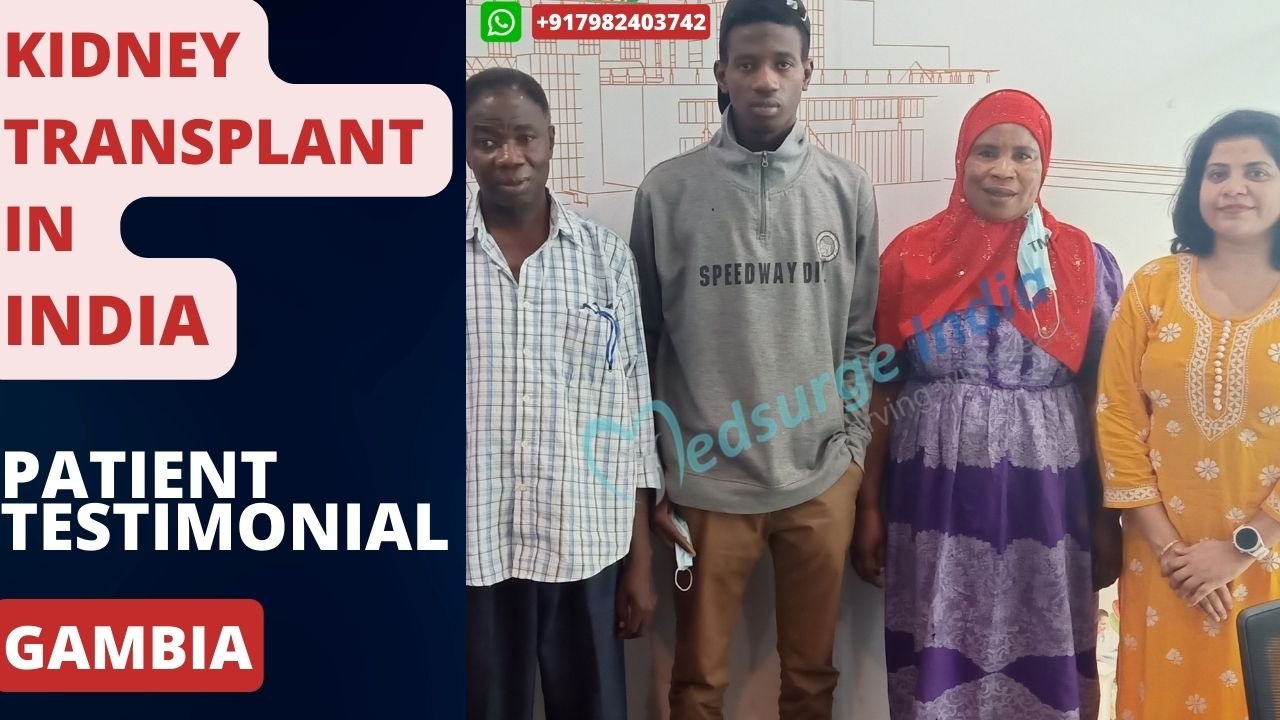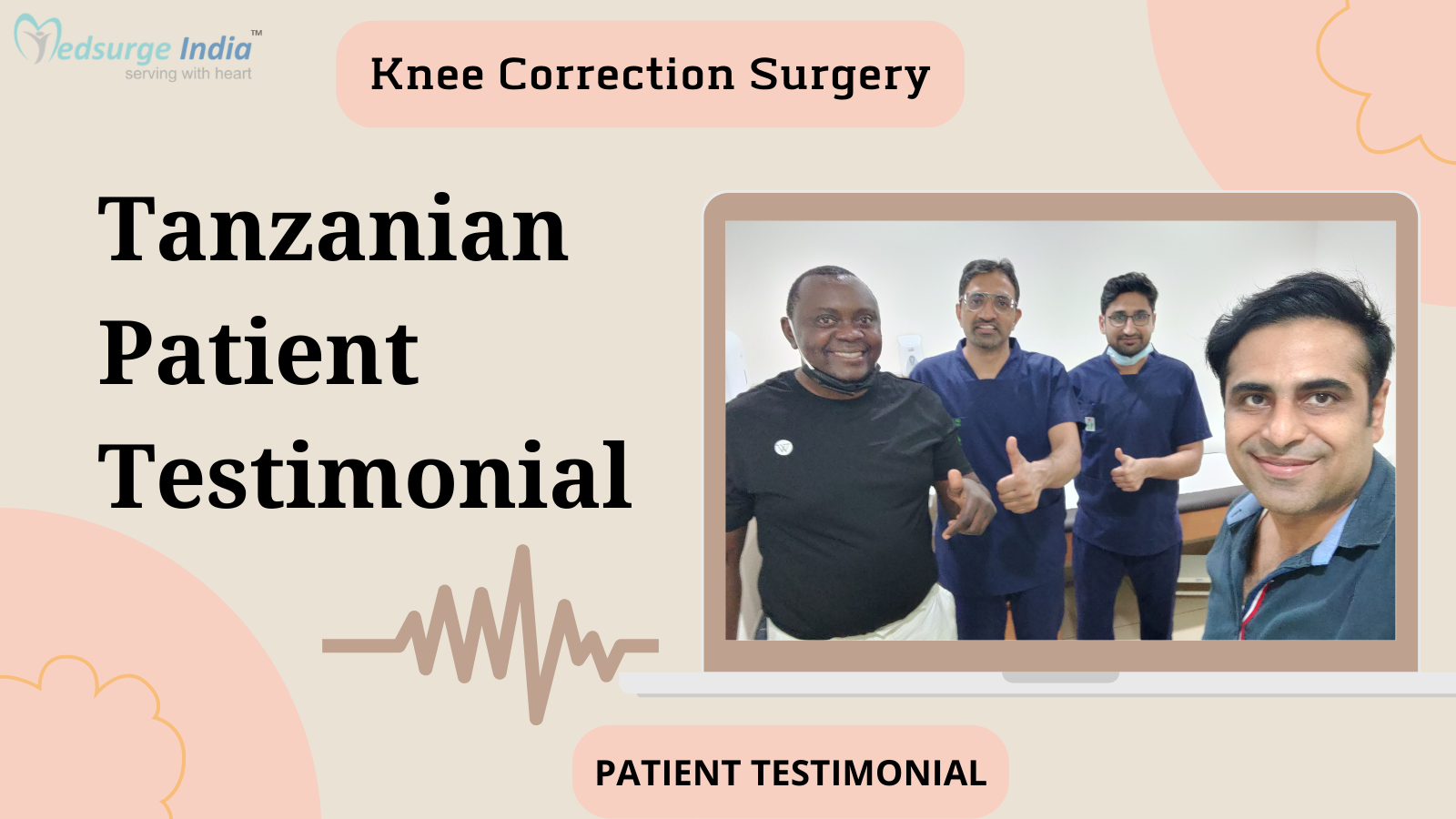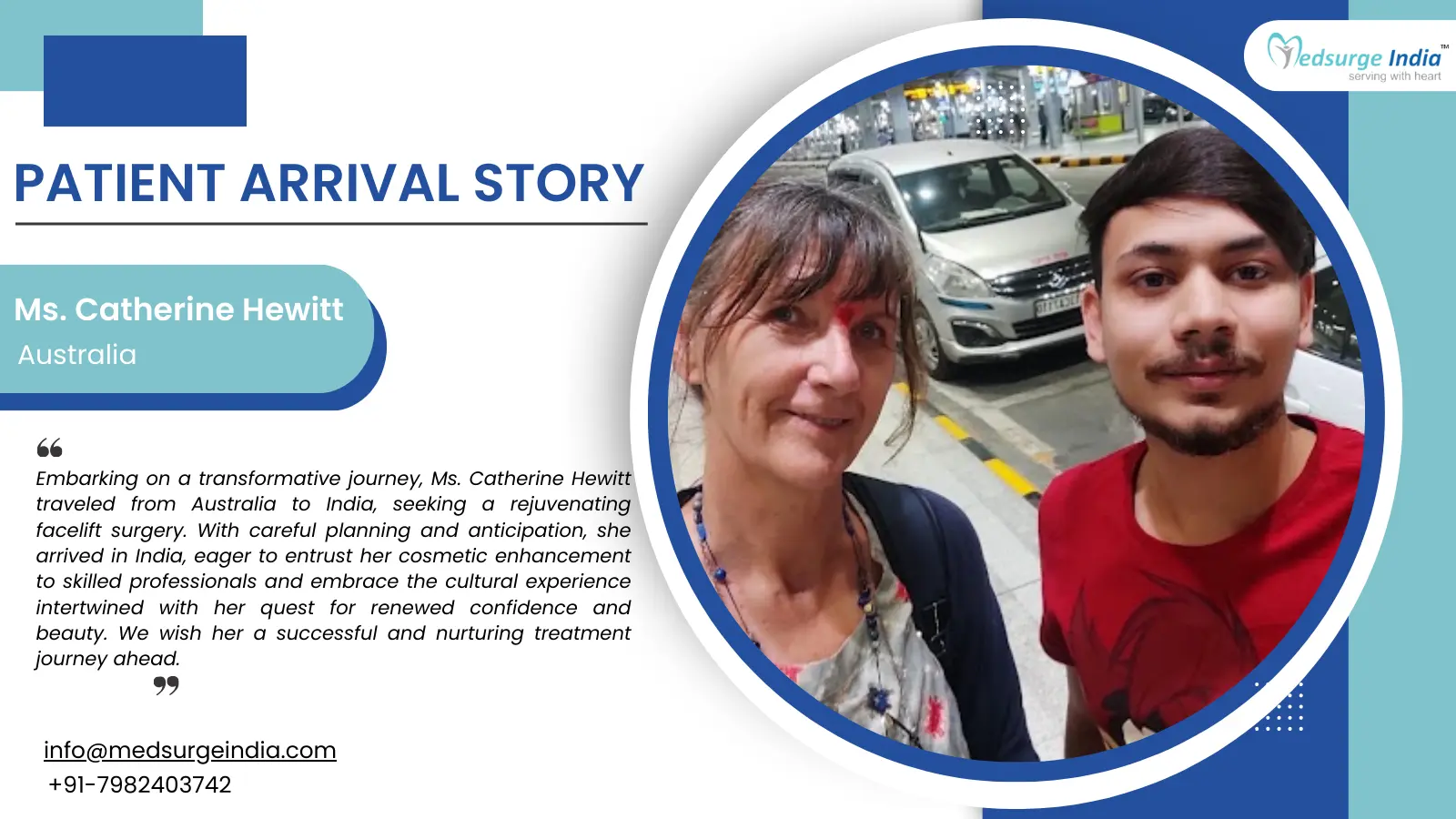
The CRT-D procedure involves implanting a device in your chest that helps to normalize your heartbeats, monitors the health of your heart, and enables your doctor to prescribe the best course of action for you. A CRT-D procedure is often referred to as a defibrillator for cardiac resynchronization therapy.
The CRT-D Implantation treatment in India is done only in top-notch hospitals under highly experienced cardiac surgeons.
The CRT-D Implantation cost in India depends upon the location and standard of the hospital. Also, the cost of medicines and additional tests are part of the treatment plan.
What is Cardiac Resynchronization Therapy?
A treatment called (CRT) cardiac resynchronization therapy in India is used to maintain the heartbeat and rhythm consistent. It uses a pacemaker to restore the regular pattern of the heartbeat and is also referred to as biventricular pacing. Patients with severe symptoms that are resistant to medical treatment have seen improvements in their overall quality of life as well as their heart failure symptoms.
India has a highly developed health sector that serves many people from both within the country and around the world. Heart issues are among the most common conditions for which people from all over the world travel to India for treatment. The best cardiology hospitals in India are well-known throughout the world for their reliable medical care and excellent clinical standards.
What is a CRT-D Device?
This device is a combination of two components – the pulse generator (device) and the insulated wires (leads). These insulated wires are used by a defibrillator for cardiac resynchronization therapy to deliver a small amount of electrical current to the heart. By enabling both ventricles to pump more effectively together, this device helps in the return of normal heartbeats.
The two different CRT device types are:
- CRT-P: A particular type of pacemaker used to slow down heart rhythms is called a cardiac resynchronization therapy pacemaker (CRT-P), often referred to as a biventricular pacemaker.
- CRT-D: Another type of defibrillator is a cardiac resynchronization therapy defibrillator (CRT-D), which also has an implantable cardioverter-defibrillator (ICD) that shocks the heart if the heartbeats become critically fast.
How does CRT-D Work?
A CRT-D is a specialized device for patients who are experiencing heart failure or are at risk of sudden cardiac death. While a CRT-D device also transmits a little electric current to the left and right ventricles of the heart to help in their simultaneous contraction, it may perform similarly to a typical pacemaker in treating slower heart rhythms. Your heart will pump more effectively as a result. A sudden cardiac arrest may result from heart rhythms that are overly rapid (more than 100 beats per minute), which this device can also address. If the CRT-D device senses any abnormal heartbeats that are dangerously fast, then it delivers the electric shock (defibrillation) to the heart. This shock eliminates any abnormal heart rhythm. Such complex procedure is done by the best cardiac surgeons in India.
Get Free Cost Estimation
Procedure
What happens after the CRT-D Implantation?
After the device is implanted, you’ll spend a day or two in the hospital. After you go home, the doctor will give you instructions on how to care for your incision. Your arm’s range of motion may be limited for a short time period following surgery until the wound is fully recovered. Sometimes the CRT-D causes a small bulge to appear beneath the skin. You’ll quickly grow used to it and barely notice it.
What are the benefits of having a CRT-D device?
Patients with heart failure who are more likely to pass away from sudden cardiac arrest may benefit from CRT-D as a life-saving treatment. The machine recognizes the irregular heart rhythms that might cause death in a matter of minutes and administers a shock to halt them. Patients with chronic heart failure benefit from CRT devices because they reduce hospital stays and increase their quality of life. Patients who use CRT devices report feeling significantly less fatigued and short of breath, as well as having more energy.
What are the Risks Associated with CRT-D Implantation?
There is some risk associated with every medical procedure. Depending on the implant type and your general health, cardiac resynchronization therapy has different risks for different people.
Cardiac resynchronization therapy and implantation process complications could include:
- Infection
- Bleeding or blood clotting
- Lung collapsed (pneumothorax)
- Heart compression is brought on by fluid accumulation in the sac surrounding the heart (cardiac tamponade)
- Damage to the heart
- Failure of the device
- Repositioning of device components that might necessitate additional steps
- Skin erosion near the implanted device area
- The device may move from its original position
- Punctured vein or lungs
To truly understand all the risks and advantages connected with the implantation of a CRT system, be sure to consult with your doctor.
Helpful –
Top Cardiologists in India –
- Dr. T. S. Kler
- Dr. Vivek Jawali
- Dr. Robert Coelho
- Dr. Ajay Kaul
- Dr. Sandeep Attawar
- Dr. Murali Manohar
- Dr. Murugu Sundara Pandiyan
- Dr. Gobu
- Dr. Y K Mishra
- Dr. K.K.Talwar
Top Cardiology Hospitals In India –
Suggestion
Implanting a device in the chest is necessary for cardiac resynchronization therapy.
During the procedure, you’ll probably be awake, although a tranquilizer will be given to you beforehand. A local anesthetic is used to numb the pacemaker implant region. Several hours are usually needed for the procedure.
Insulated wires (leads, also known as electrodes) are placed during surgery into a significant vein under or close to the collarbone, and they are then moved to the heart using X-ray pictures as a guide. Each wire has one end linked to the spot on the heart where it belongs. The pulse generator at the other end of the wire is typically placed beneath the skin just below the collarbone.
The Most Important Frequently Asked Questions
Q: Can a patient get an MRI with the implantable device?
A: A patient can go for an MRI Following the implantable device.
Q: How will this device have an impact on daily life?
A: There are a couple of actions and household things that a patient should avoid. An implantable heart device allows many people to take part in the activities that they like, and also to resume their normal daily activities after complete recovery from surgery.
Q: How active can a person be after this device?
A: An implantable heart device enables many people to take part in the activities they like. However, are certain actions that need to avert, like rough contact sports.
Q: Is it safe to use household items safe to use after the device?
A: Yes, the majority of the family appliances are safe to use so long as they’re properly preserved and are in a fantastic working state. Including microwave ovens, major appliances, electrical blankets, and heating pads.
Q: Can magnets have an effect on the device?
A: Items which contain magnets, for example, magnetic therapy products, stereo speakers, along with hand-held massagers may temporarily have an influence on the performance of the implanted core apparatus. For that reason, it’s strongly recommended to keep things comprising magnets at least six inches off in the center device.
Q: Can a patient travel with this device?
A: Patients using a CRT device can feel confident and secure when traveling. The patient is supplied with a health Device ID card. This card assists in alerting the medical and safety staff that you have an implanted CRT apparatus.
NOTE: It is important to take the card if traveling because the system includes metal parts that will put off airport security metal detector alarms.
- Airport safety wands may also temporarily impact the gadget. Security staff needs to perform a hand search rather than using a handheld wand.
- When a wand is used, then it’s possible to ask the security staff to do the research immediately and never to hold the wand over the device. As this may have an effect on the device.
Top Hospitals for CRT- D Implant (Cardiac Resynchronization Therapy) in India
Top Doctors for Cardiology And Cardiac Surgery
Dr. Ajay Kumar Agarwal
Experience: 5+ years of experience
Brahmananda Narayana Multispeciality Hospital, Jamshedpur
Jamshedpur, India
Dr. Girinath M R
Consultant
Experience: 45 years of experience
Apollo Hospitals, Greams Road, Chennai
Chennai, India
Dr. Sameer R Rao
Consultant
Experience: 19 years of experience
Manipal Hospital (Old Airport Road) Bangalore
Bangalore, India
Dr. Pathakota Sudhakar Reddy
Consultant
Experience: 10 years of experience
Care Hospitals, Banjara Hills, Hyderabad
Hyderabad, India
Dr. Rajiv Bajaj
Senior Consultant
Experience: 25+ Years of experience
Batra Hospital & Medical Research Centre
New Delhi, India
Dr. Rajneesh Kapoor
Senior Consultant
Experience: 18 years of experience
Medanta – The Medicity, Gurgaon
Gurgaon, India
Dr. Mrinalendu Das
Experience: 39+ years of experience
NH Rabindranath Tagore International Institute of Cardiac Sciences, Kolkata
Kolkata, India
Dr. Mahesh Ghogare
Consultant
Experience: 10 years of experience
Reliance Hospital, Navi Mumbai
Mumbai, India
Dr. O.P. Tucker
Senior Consultant
Experience: 9 years of experience
Batra Hospital & Medical Research Centre, New Delhi
New Delhi, India
Dr. Biju Sivam Pillai
Director
Experience: 14 years of experience
Max Super Speciality Hospital, Patparganj, New Delhi
Faridabad, India
Dr. Cecilya Mary Majella
Consultant
Experience: 21 years of experience
Apollo Spectra Hospital, Chennai
Chennai, India
Dr. K.K.Talwar
Chairman
Experience: 41 years of experience
Pushpawati Singhania Research Institute (PSRI), New Delhi
NewDelhi, India

